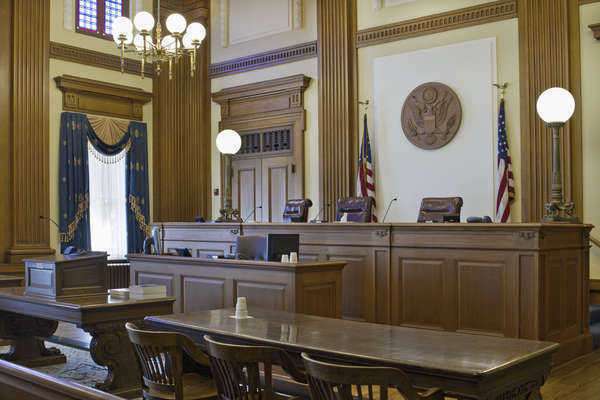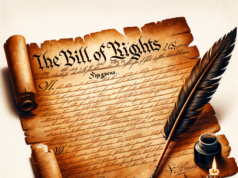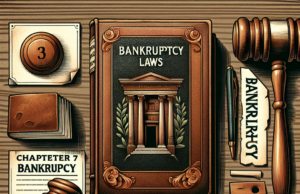
What is Spoliation of Evidence?
Spoliation of evidence occurs when evidence is hid, withheld, changed, or destroyed during or before litigation or a similar legal proceeding. Spoliation can be intentional or unintentional, but the party can face consequences depending on their jurisdiction.
There is no federal law that addresses spoliation of evidence. Rather, states rely on statute of case law. If a jurisdiction has laws against spoliation, the defendant can face multiple fines and time in prison. If the jurisdiction relies on case law, a party may claim a spoliation inference.
A spoliation inference does not charge the suspected destroyer of evidence, but it does show reason that the defendant is trying to hide evidence that points to their guilt in the matter.
Valuable Information from the US Courts
In 2010, the Judicial Conference Advisory Committee on Civil Rules asked for a study on motions that involved the destruction of evidence, and the study focused on the destruction of electronically store information, or ESI. The study examined ESI from 19 district courts from 2007 to 2008. Some of the findings of the study on spoliation of evidence are provided below:
· a total of 209 cases contained a motion related to spoliation, which was 0.15 percent of all cases filed in the 19 districts from 2007 to 2008
· the spoliation of ESI was involved in 53 percent of the 209 cases, and 40 percent of the cases specifically involved ESI
· the majority of cases involving spoliation were torts, contracts, and civil rights
· in cases that solely involved spoliation of ESI, 36 percent were contracts, 26 percent were civil rights, 14 percent were torts, and 11 percent were intellectual property
· 64 of spoliation cases were filed by the plaintiff party and 32 percent were filed by the defendant
· 31 percent of the plaintiffs were business entities, and 90 percent of defendants were business entities
· motions were granted in 18 percent of all the cases, and 44 percent were denied
· in ESI-only cases, motions were granted 23 percent of the time and denied 44 percent of the time
· an adverse inference jury instruction was the most common type of sanction granted, accounted for 44 percent of cases were a sanction was granted
· adverse inference jury instruction occurred in 57 percent of approved ESI cases
· a dismissal or default of the case was only granted by a judge in one case, and there was other evidence involved
Recognition of Tort of Spoliation
California was the first state to recognize a tort for spoliation of evidence in 1984. States that now observe a similar tort general limit action from a third-party to only evidence that involves a pending or occurring litigation. The third-party is required to preserve the information only if they had a duty to preserve the evidence. First-party claims relate to evidence in a current litigation.
Source: https://www.uscourts.gov/uscourts/RulesAndPolicies/rules/DallasMiniConf_Empirical_Data/Federal%20Judicial%20Center.pdf

























